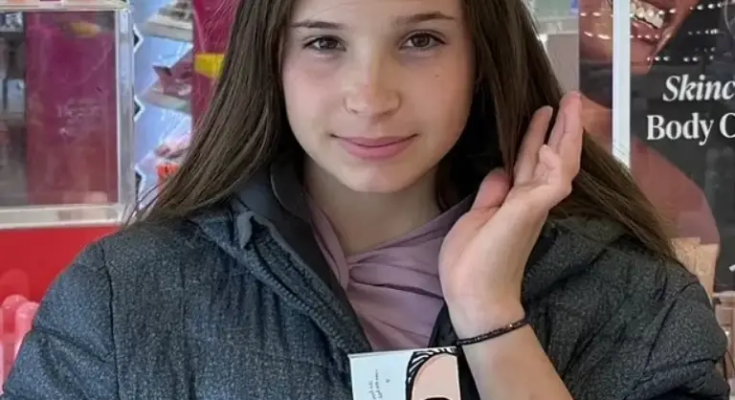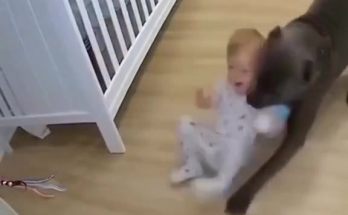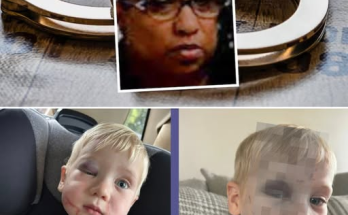A quiet spring morning in South Jordan turned into a six-week spiral of dread and disbelief when 15-year-old Alisa Petrov vanished after being dropped off at school. There was no trace. No surveillance footage. No messages. No goodbye.
And then—just as suddenly as she disappeared—she reappeared.

Over 500 miles away, in Colorado Springs, Alisa walked alone into the Stetson Hills police station. She was alive. She was unharmed. But relief quickly gave way to a new wave of questions—ones that cut deeper and darker than anyone expected.
How did she get there?
Was she helped, or was she hunted?
And what about the secret online life her family didn’t know existed?
Missing Utah Teen Found in Colorado After Vanishing for Six Weeks: Online Grooming Investigations Underway
The mystery that gripped South Jordan and reached national headlines has taken a dramatic turn: 15-year-old Alisa Petrov, missing since April 21, has been found safe in Colorado.
She turned up alone Sunday evening, walking into a local police station and identifying herself by name. Authorities quickly verified her identity and confirmed that she was physically unharmed.
But the story behind her disappearance is still unraveling—and what’s coming to light is both disturbing and heartbreaking.
According to police and court records, Alisa had been secretly communicating with multiple adult men online. Among them: a 41-year-old and a 35-year-old, both of whom now face charges for engaging in s*xually explicit communication with a minor. Investigators say Alisa used a hidden iPad—tucked deep in her bedroom dresser—to carry on conversations her parents never knew existed.
When she vanished, there were no signs of struggle, no alerts from her phone. That’s because she left it behind.
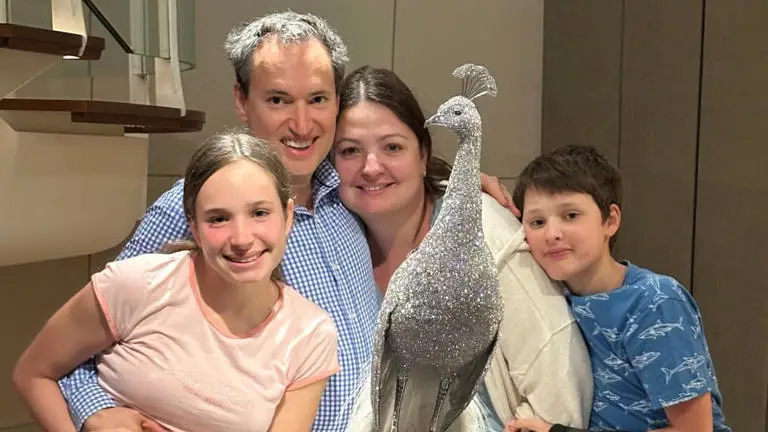
Authorities believe Alisa orchestrated her own disappearance—likely under the influence or manipulation of the men she met online. Surveillance and witness reports suggest she convinced a stranger at a gas station to give her a ride to a nearby train station, made her way to Provo, and then tried to crowdsource help to get to Las Vegas—where she allegedly planned to meet 35-year-old Matthew Nicholas Menard.
“This isn’t just about a girl who ran away,” said one investigator. “It’s about adults who built trust with her for one reason: to exploit it.”
Her mother, Olga, still struggling to process the news, shared her anguish:

“We thought we were doing everything right. We checked her phone, we kept close watch. But we never saw it coming—because she hid it so well. I keep asking myself, What did I miss? What could I have done differently?”
A Cautionary Tale for the Digital Age
Now back in the custody of her family, Alisa’s return marks the end of one chapter—but not the end of the story. The investigation continues, with the South Jordan Police Department and the Salt Lake City division of the FBI working closely to determine whether Alisa was ever physically in the presence of any of the adult men she contacted—and how she traveled such a vast distance without being detected.
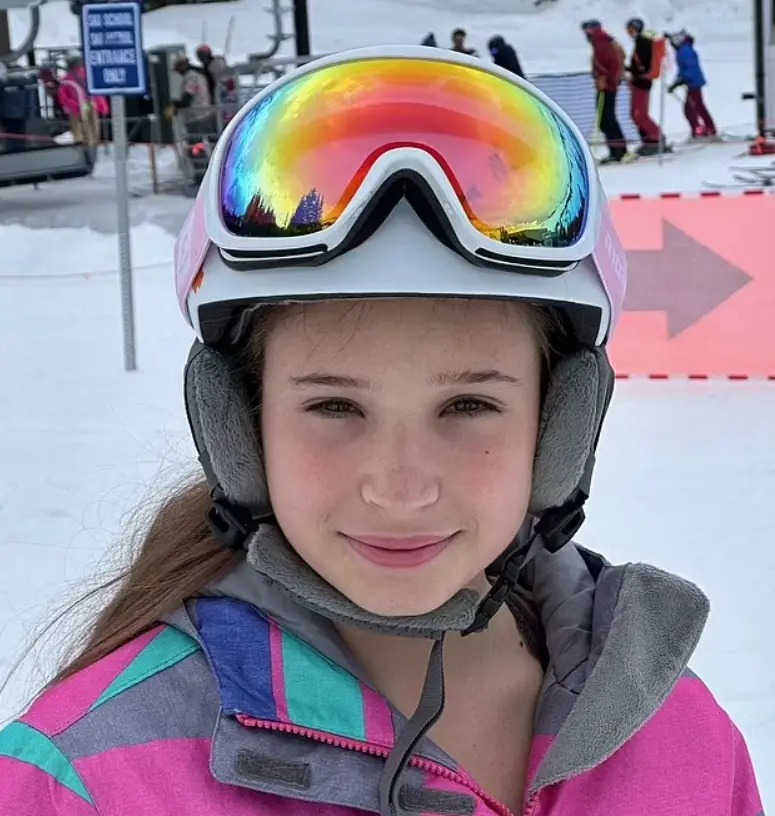
Her father, Nikolai, released a public statement on social media:
“We are so grateful to have Alisa back. Thank you to the police departments in Utah and Colorado, and to the friends and community members who helped us hold onto hope. Our daughter is safe—but we’re only just beginning to understand what she went through.”
The Petrov family is now urging other parents to learn from their experience and to talk openly with their children about online dangers—even when everything on the surface seems fine.
Conclusion
Alisa Petrov’s safe return is nothing short of a miracle—but it comes with a heavy reminder: the greatest dangers aren’t always outside the home. Sometimes, they’re hiding behind screens, inside apps, under usernames designed to disarm and deceive.
Her case underscores a sobering reality: even in loving, watchful homes, young people can fall prey to online predators who know exactly how to manipulate, groom, and isolate. What happened to Alisa could happen to anyone’s child.
She’s home now. But the work of healing—and of protecting others—has just begun.
Please consider sharing this story. Not just to celebrate her return—but to spark conversations that might protect another child from slipping silently away.
